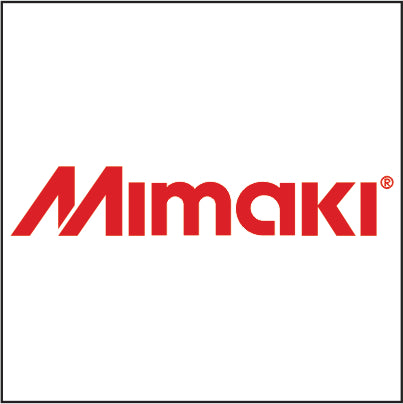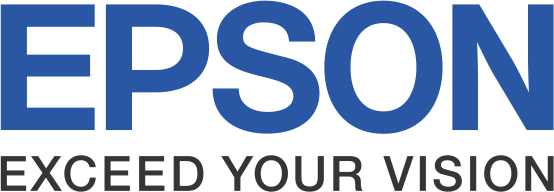How Do the Cutting Capabilities Compare Between Mimaki vs. Roland?

When deciding on a printer-cutter combination, the question "How do the cutting capabilities compare between Mimaki vs. Roland?" often arises. These two giants dominate the market, but their cutting technologies cater to slightly different needs. Whether you're a seasoned professional or new to wide-format printing, understanding these differences is crucial for making the right choice.
Mimaki vs. Roland: The Cutting Showdown
Cutting capabilities can make or break your printing business. The precision and ease of use of your cutter affect both your productivity and the quality of your finished products. Let’s dive deep into the strengths and limitations of each brand.
Where Are Mimaki Printers Made and Where Are Roland Printers Made?
Before diving into cutting capabilities, it's worth knowing the origins of these brands. Mimaki printers are manufactured in Japan, specifically designed to offer advanced functionality and precision for professional use. Roland printers, also based in Japan, have a strong legacy in providing
 reliable printing solutions
reliable printing solutionsglobally. These origins reflect their shared commitment to high-quality craftsmanship but highlight slight differences in their approaches to innovation.
Cutting Software: Mimaki FinCut9 vs. Roland CutStudio
The software powering your cutting equipment plays a significant role in how seamless your experience will be. Mimaki FinCut9 simplifies tasks with features like:
- Creating a cutline in just three clicks.
- Automatically generating crop marks.
- Adding intermediate crop marks for longer images.
In contrast, Roland CutStudio requires more manual effort:
- Creating a cutline takes up to 10 clicks.
- Crop marks must be manually entered.
- Limited to four crop marks per image, which can compromise precision on longer media.
For professionals looking to maximize efficiency, Mimaki's software provides a noticeable edge.
Reliable Functions for Professional Use
Both Mimaki and Roland printers have models suited for cutting tasks, but the Mimaki CG-AR stands out with superior functionality:
- Pinch Rollers: Mimaki uses three rollers, handling thicker media without shifting, while Roland’s two rollers offer less media control.
- Distance Correction Function: Mimaki compensates for discrepancies on longer media, ensuring precision, whereas Roland lacks this feature, leading to potential misalignments of up to 2mm.
For high-volume, intricate jobs, these advantages position Mimaki as a more reliable option.
Media Handling and Accuracy: Mimaki vs. Roland
Cutting on larger media or unconventional materials is a common challenge. Mimaki printers shine in this area:
- Thicker Media Support: Mimaki excels in handling thicker media with precision, ensuring no shifting or distortion during the cut.
- Intermediate Crop Marks: With one click, Mimaki allows the addition of multiple crop marks on longer images, ensuring more accurate cuts over extended distances. Roland, however, restricts users to just four crop marks, which may lead to errors on larger projects.
These features make Mimaki DTF printers particularly appealing for businesses managing diverse media types. However, Mutoh STS XPD-724 DTF printers may provide better value.

Ease of Use: Simplifying the Workflow
Speed and simplicity are crucial when managing tight deadlines. Mimaki’s workflow enhancements, such as creating crop marks and cutlines in just three clicks, drastically reduce setup time. With Roland, users may spend extra time manually entering values, which can be frustrating during peak workloads.
For example, a job requiring intermediate crop marks will take significantly less time on a Mimaki system compared to Roland. This translates to greater productivity and fewer opportunities for human error.
Choosing the Right Fit: Mimaki or Roland?
Ultimately, the best choice depends on your business's unique needs. Here's a quick comparison to help you decide:
| Feature | Mimaki | Roland |
|---|---|---|
| Software Efficiency | Faster, more automated | Manual, slower |
| Cutting Precision | Superior for longer and thicker media | Adequate for standard media |
| Reliability | Advanced correction functions | Limited correction capabilities |
If cutting accuracy and media versatility are top priorities, Mimaki JFX200 print heads or printers and cutters may suit your needs better. However, if you're seeking a budget-friendly option, Mutoh STS XPD-724 DTF printers often provide excellent value.







